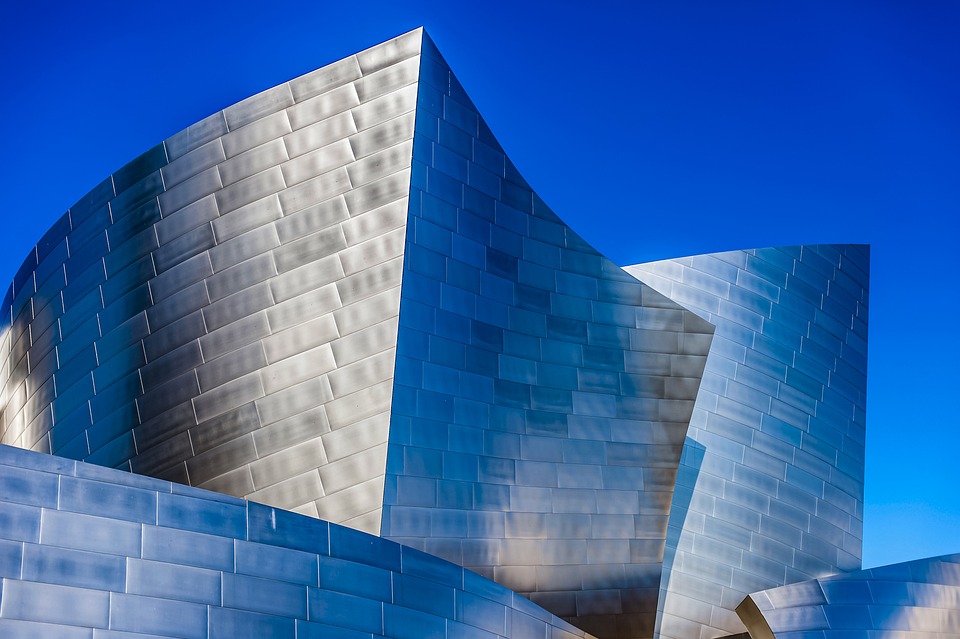The Fascinating History Behind Famous Architectural Landmarks in Europe
When it comes to architecture, Europe is home to some of the most iconic and influential landmarks in the world. From ancient Roman ruins to modern masterpieces, the continent’s architectural heritage is rich and diverse. In this article, we will delve into the fascinating history behind some of Europe’s most famous architectural landmarks.
The Colosseum, Rome
One of the most iconic symbols of ancient Rome, the Colosseum is a majestic amphitheater that was built in the 1st century AD. Originally known as the Flavian Amphitheater, it was used for gladiatorial contests, animal hunts, and other public spectacles. The Colosseum could hold up to 80,000 spectators and was a marvel of engineering and architecture.
The Colosseum has survived earthquakes, fires, and centuries of neglect, and it remains one of the most visited landmarks in Rome. Its elliptical shape and tiered seating have inspired countless architects and artists over the centuries, making it a timeless symbol of Roman grandeur.
The Eiffel Tower, Paris
Designed by the French engineer Gustave Eiffel, the Eiffel Tower was completed in 1889 as the centerpiece of the Paris World’s Fair. At the time of its construction, it was the tallest man-made structure in the world, standing at 1,063 feet.
Initially, the Eiffel Tower received mixed reactions from the public, with many criticizing its industrial appearance. However, over time it has become one of the most recognizable landmarks in the world and a symbol of Parisian elegance and sophistication.
Today, the Eiffel Tower attracts millions of visitors each year, who come to admire its intricate iron lattice work and breathtaking views of the city. It has been featured in numerous films, books, and works of art, cementing its place as a cultural icon.
The Parthenon, Athens
Built in the 5th century BC, the Parthenon is a temple dedicated to the goddess Athena, the patron deity of Athens. It is considered one of the greatest achievements of ancient Greek architecture and is renowned for its stunning marble columns and intricate sculptures.
Over the centuries, the Parthenon has survived wars, looting, and natural disasters, and it remains a symbol of ancient Greek civilization. It has inspired countless imitations and interpretations in architecture, art, and literature, making it a timeless example of classical beauty and symmetry.
Today, the Parthenon is a UNESCO World Heritage Site and a must-see attraction for visitors to Athens. Its enduring legacy continues to captivate and inspire people from all around the world.
The Sagrada Familia, Barcelona
Designed by the Catalan architect Antoni Gaudí, the Sagrada Familia is a unique and awe-inspiring basilica that has been under construction since 1882. Gaudí’s vision was to create a temple that would be a “catechism in stone” and a tribute to the glory of God.
The Sagrada Familia is a masterpiece of modernist architecture, with its intricate façades, towering spires, and colorful stained glass windows. Gaudí drew inspiration from nature, religion, and geometry, resulting in a building that is both avant-garde and deeply spiritual.
Despite being unfinished, the Sagrada Familia is one of the most popular tourist attractions in Barcelona, drawing millions of visitors each year. Its completion is estimated for 2026, making it a testament to the enduring vision and legacy of Antoni Gaudí.
In conclusion, Europe is a treasure trove of architectural landmarks that showcase the continent’s rich history and cultural heritage. From ancient Roman ruins to modernist masterpieces, these iconic buildings continue to captivate and inspire people from all around the world. Whether you’re a history buff, an art enthusiast, or simply a curious traveler, Europe’s architectural wonders are sure to leave you in awe.
